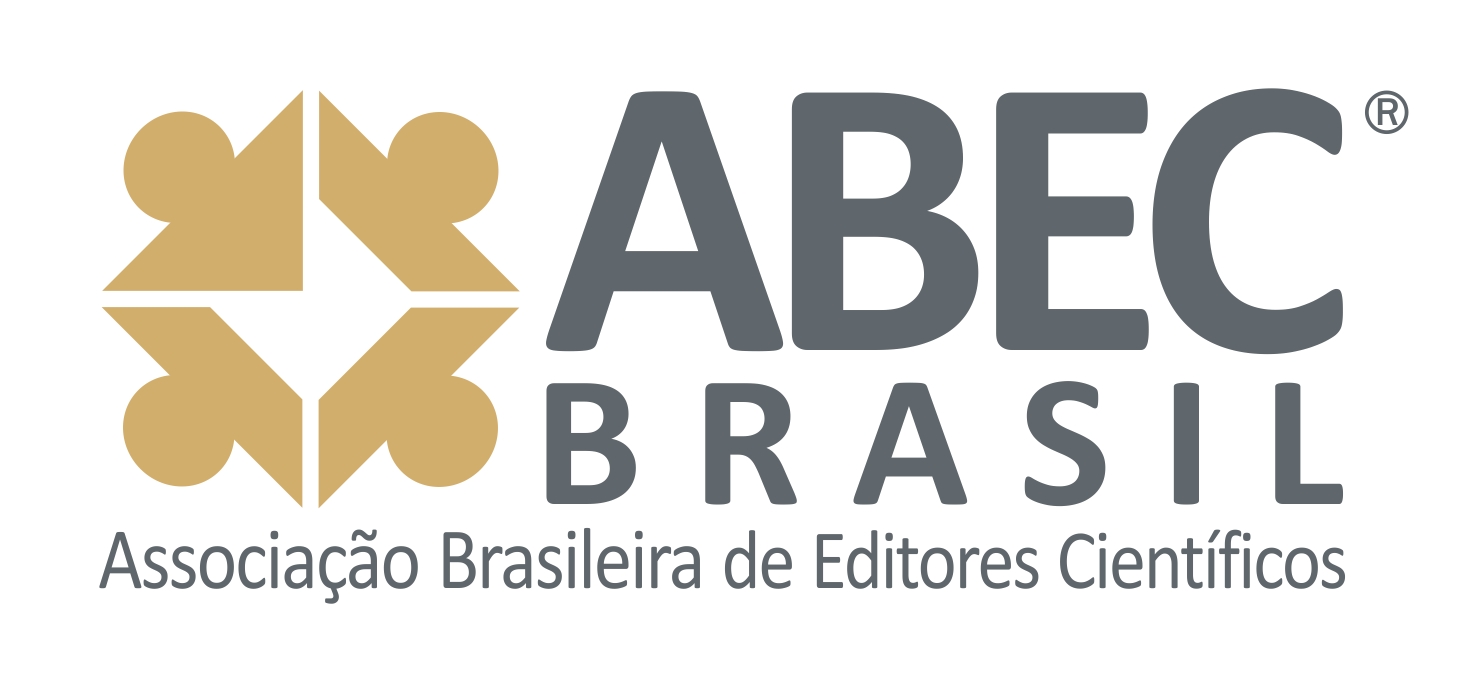DE LIXO A RECURSO: A VISÃO DOS RESÍDUOS SÓLIDOS NA ECONOMIA CIRCULAR
DOI:
https://doi.org/10.58422/releo2023.e1400Resumen
A redução e a correta destinação dos resíduos sólidos estão dentre os principais
desafios da sustentabilidade. Parte da solução a estas questões se
encontra na Economia Circular (EC), abordagem que propõe manter os
recursos extraídos da natureza em uso pelo maior tempo, ao maior valor
e com a maior utilidade possíveis. A viabilização das estratégias da EC,
porém, dependem em muitos casos de uma evolução na forma da sociedade
perceber os resíduos – reconhecendo e resgatando seu valor como
recurso. O presente artigo traz uma reflexão sobre a própria definição
de resíduo, destacando sua evolução histórica, após o que se apresentam
cinco atributos de uma visão dos resíduos para a transição rumo à EC.
Tomando por base as etapas do ciclo dos produtos, temos que os resíduos
podem ser percebidos como: um “estado econômico” da matéria (em relação
ao sistema econômico); recursos fora dos ciclos (quando no pós-consumo);
uma consequência do consumo (quanto ao uso dos bens); materiais
não aproveitados pela economia (no que se refere à sua produção); e um
erro de projeto (quando da concepção de produtos). Ao discutir cada um
destes pontos, o artigo traz reflexões sobre o potencial aplicado desta nova
visão para a EC, concluindo que as práticas de EC possuem forte relação
com o avanço dos sistemas de gerenciamento de resíduos e, portanto, um
posicionamento diferenciado do que seja resíduo pode induzir a práticas
inovadoras e que favoreçam a circularidade de produtos e serviços, com
benefícios à toda a sociedade.
Descargas
Publicado
Versiones
- 2023-05-15 (2)
- 2023-04-27 (1)
Número
Sección
Licencia
A Revista Eletrônica Leopoldianum - Revista de Estudos e Comunicações da Universidade Católica de Santos (ISSN: 2965-9566) é detentora dos direitos autorais de todos os artigos publicados por ela. A reprodução total dos textos em outras publicações, ou para qualquer outro fim, por quaisquer meios, requer autorização por escrito do editor. Reproduções parciais de artigos (resumo, abstract, mais de 500 palavras de texto, tabelas, figuras e outras ilustrações) deverão ter permissão por escrito do editor e dos autores.









